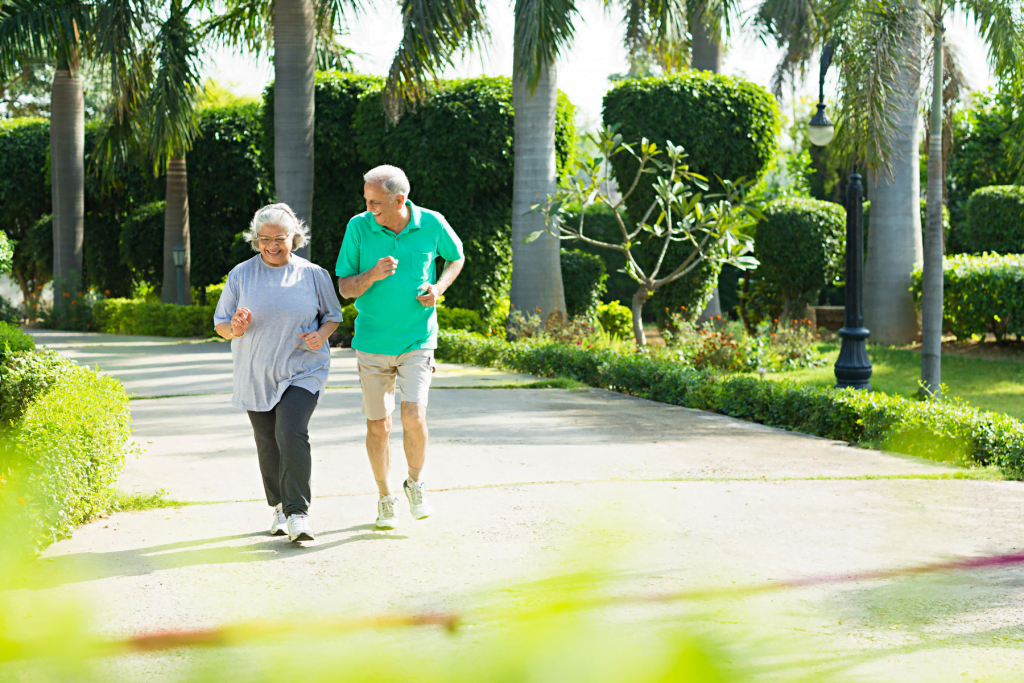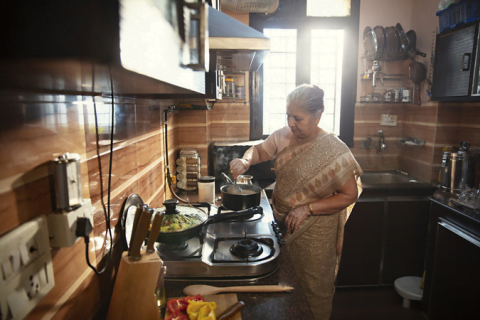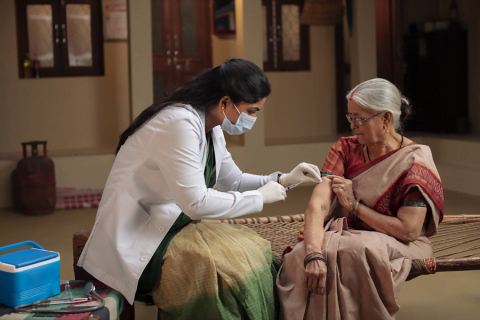As we age, it’s common to feel a shift in our energy levels and physical capabilities. But that doesn’t mean we have to give up on staying physically active. Rather, maintaining an active lifestyle is more important than ever as we grow older. Not only does regular exercise help keep our bodies strong and flexible, but it also has numerous benefits for our overall health and well-being.
Have you ever wondered how to stay physically fit as you age without injuring yourself? If so, you’re not alone. Many seniors find themselves asking this very question. The good news is that there are plenty of fun and enjoyable exercise ideas that can help you stay physically healthy well into your golden years, without having to overexert yourself.
So if you’re ready to embark on a journey towards better health and vitality, let’s dive into the world of senior-friendly exercises together. These exercises are not only effective but also enjoyable, making it easier for you to incorporate physical activity into your daily routine. Whether you prefer gentle movements like yoga or more energetic activities like dancing, there’s something here for everyone. Let’s get started!
How to stay physically active as you age: 7 fun ideas
As we age, it becomes increasingly important to prioritize our physical health and well-being. Regular exercise is not only beneficial for maintaining our overall fitness, but it can also help us ward off common health issues that may arise with ageing. Here, we will explore seven fun and engaging exercise ideas that can help you stay physically active as you age.
1. Walking
Walking is one of the most commonly prescribed exercise routines for seniors. It is a simple, yet effective form of exercise that can be easily incorporated into your daily routine. Whether it’s a leisurely stroll in the park or brisk walking around your neighbourhood, walking not only helps improve your cardiovascular health but also strengthens muscles and joints. Try to aim for at least 30 minutes of brisk walking each day to reap its numerous benefits.
Fun Tip: Turn your walk into a scavenger hunt. Create a list of things to find during your walk, such as a specific tree, a colourful flower, or a certain number of birds. This adds an element of discovery and turns your walk into a fun, interactive experience.
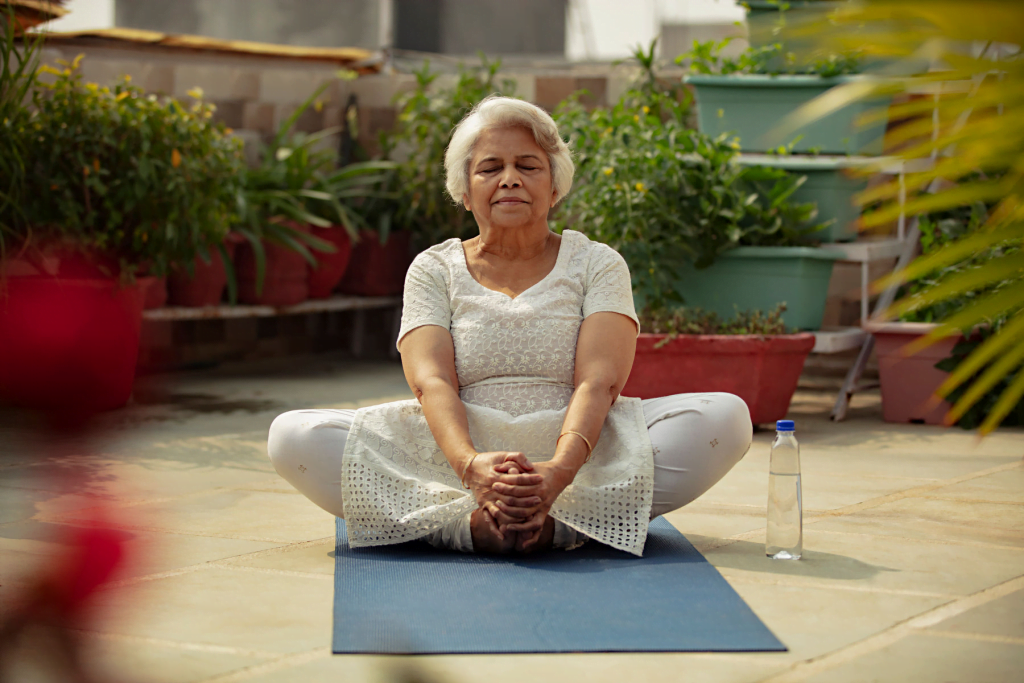
2. Yoga
Yoga is a fantastic exercise option for seniors as it focuses on improving flexibility, balance, and strength. With its gentle movements and emphasis on deep breathing, yoga can help reduce stress and improve overall mental well-being as well. Joining a yoga class specifically designed for seniors or informing your instructor of your ailments, if any, can help your instructor prescribe exercises tailored to your abilities and provide you with appropriate guidance and support.
3. Strength Training
Myth: Strength training is only for younger individuals.
Fact: Seniors can experience significant benefits from strength training, including increased muscle mass, improved metabolism, and enhanced functional ability. It can also help in managing chronic conditions like arthritis and osteoporosis.
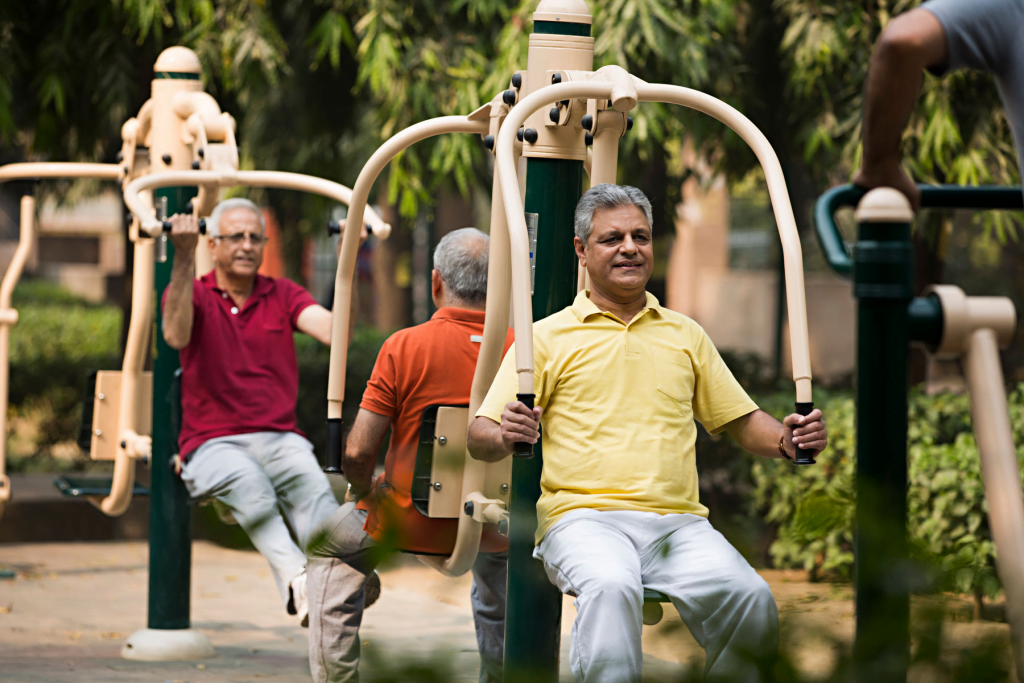
Strength training exercises are crucial for maintaining muscle mass as we age. By incorporating light weights or resistance bands into your workout routine, you can strengthen your muscles, increase your bone density, and improve overall functional fitness. Remember to start with lighter weights and gradually increase the intensity as your strength improves to avoid injury.
4. Dancing
Dancing is not only a fun and enjoyable activity but also a great way to stay physically active. Whether it’s Bharatanatyam, Zumba, or Salsa, moving to the rhythm of music can improve your heart health and coordination as well as boost your mood. Consider joining dance classes or participating in dance events specifically designed for seniors
5. Chair exercises
For those with limited mobility or who are unable to engage in traditional exercises, chair exercises offer a convenient and effective alternative. These exercises can be performed while seated and focus on strengthening the muscles, improving flexibility, and enhancing circulation. Numerous online resources provide chair exercise routines catered to seniors. These non-strenuous exercises are a great addition to your daily routine.
6. Gardening
Believe it or not, gardening can be an excellent form of exercise for seniors. Digging, planting, weeding, and watering all engage different muscle groups and provide an opportunity for light-to-moderate physical activity. Gardening also offers the added benefit of being outdoors and connecting with nature, which can have a positive impact on your mental health.
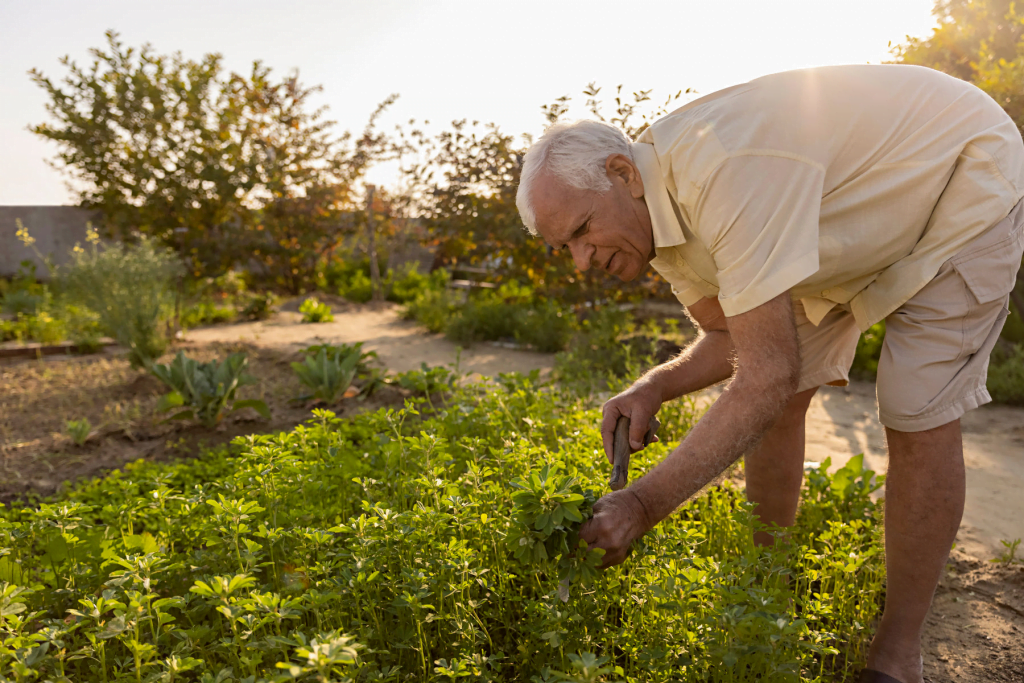
7. Water aerobics
For those of you who enjoy activities in the water, water aerobics is a good choice. This form of aerobics is a low-impact exercise option that is gentle on joints and muscles. It involves performing various aerobic exercises in a pool, utilizing the resistance of water to tone muscles and improve flexibility. Water aerobics classes are often conducted as group classes, providing a social and enjoyable way to stay physically fit.
Takeaways
Staying physically active as we age is not only important for our physical health and well-being, but it can also have a positive impact on brain health, cognitive function, and slowing cognitive age. Studies have shown that older adults who engage in regular exercise experience less memory loss, show a slower rate of cognitive decline, and have a reduced risk of developing conditions such as dementia and Alzheimer’s disease. By incorporating any of these exercise ideas into your daily routine, you can maintain your physical fitness and independence well into your golden years, while actively supporting your cognitive health.
Remember, it’s never too late to start exercising. Even if you haven’t been active in the past, taking small steps towards incorporating physical activity into your daily life can make a big difference. Start with gentle exercises such as walking or yoga and gradually increase the intensity as your strength and endurance improve.
Additionally, it’s important to listen to your body and make modifications as needed. If you have any underlying health conditions or concerns, consult with your doctor before starting any new exercise regimen. Also, make sure to inform your trainers about your health conditions so that they can tailor your exercises to your ability and requirements.
Finally, don’t forget to have fun! Find activities that you enjoy and that bring you joy. Whether it’s dancing, gardening, or joining a local sports group, staying physically active should be an enjoyable part of your daily life.
If you’re interested in learning more about how to stay physically fit as you age or if you have any questions about your own health journey, please visit https://www.liveivory.com/. Our team is here to support you every step of the way.
Stay active, stay healthy, and enjoy all that life has to offer!
